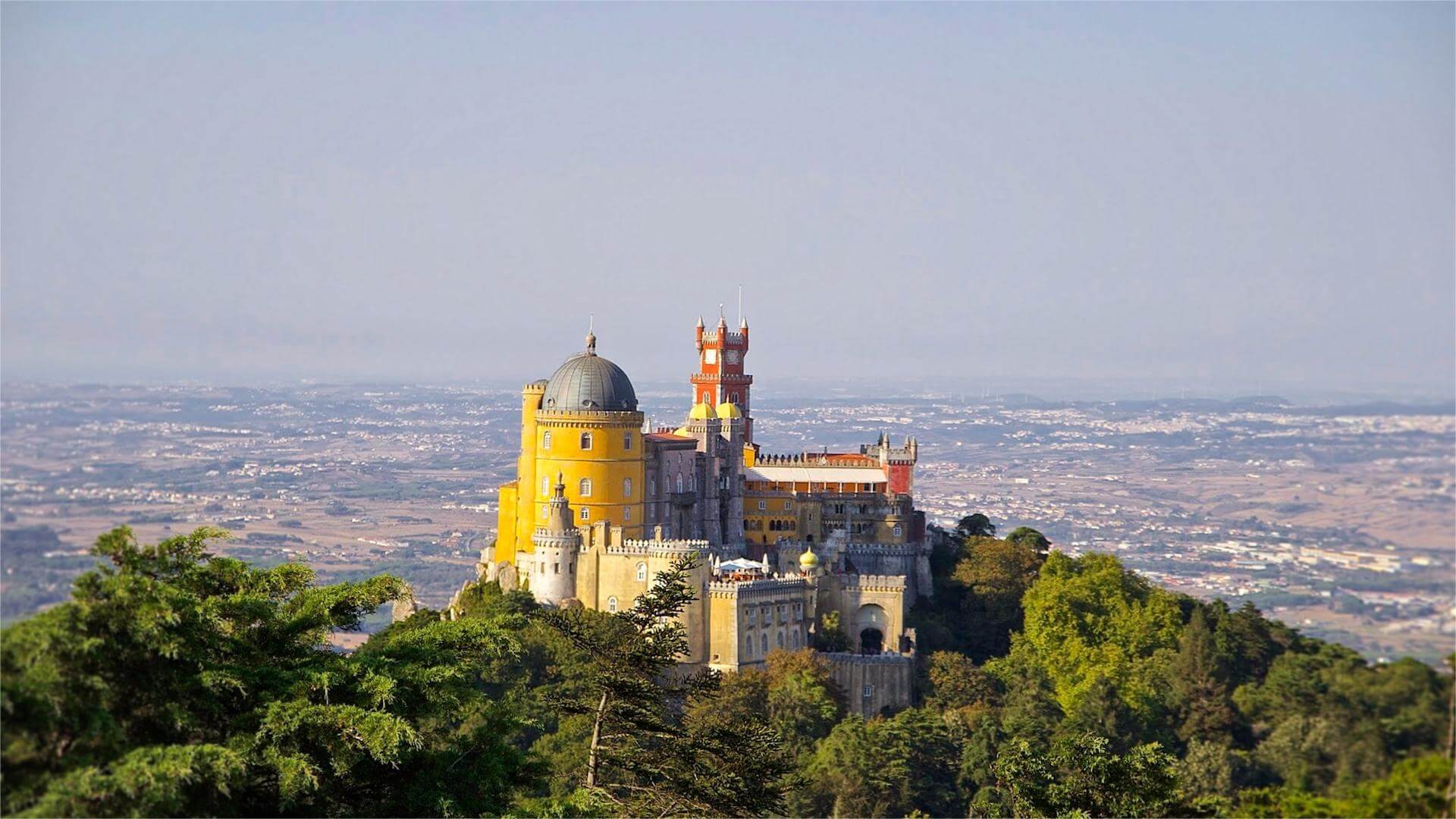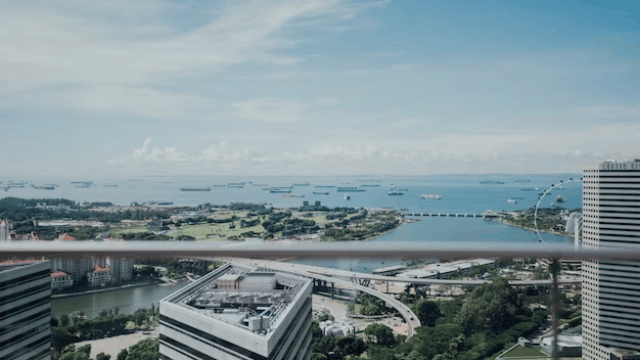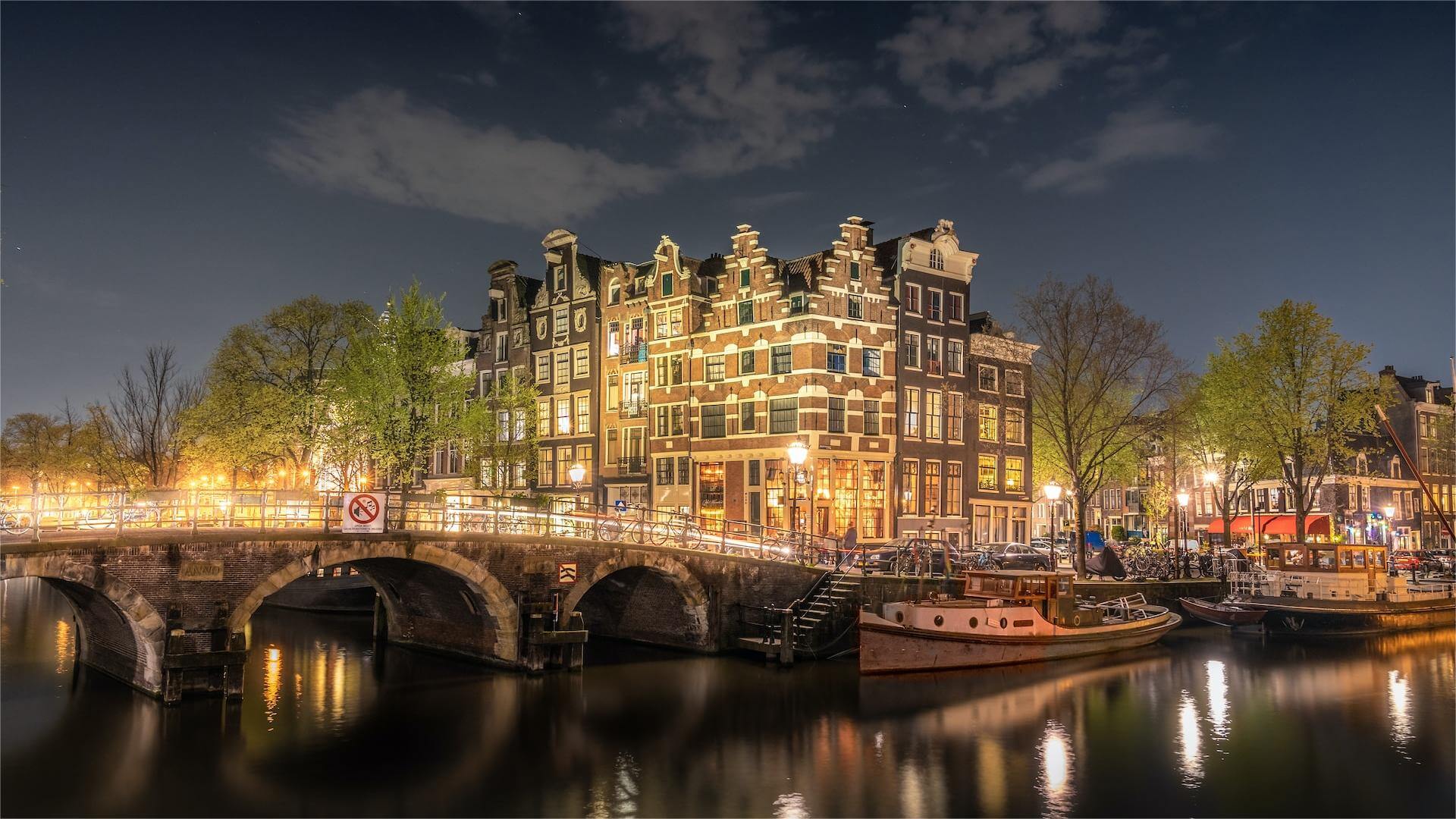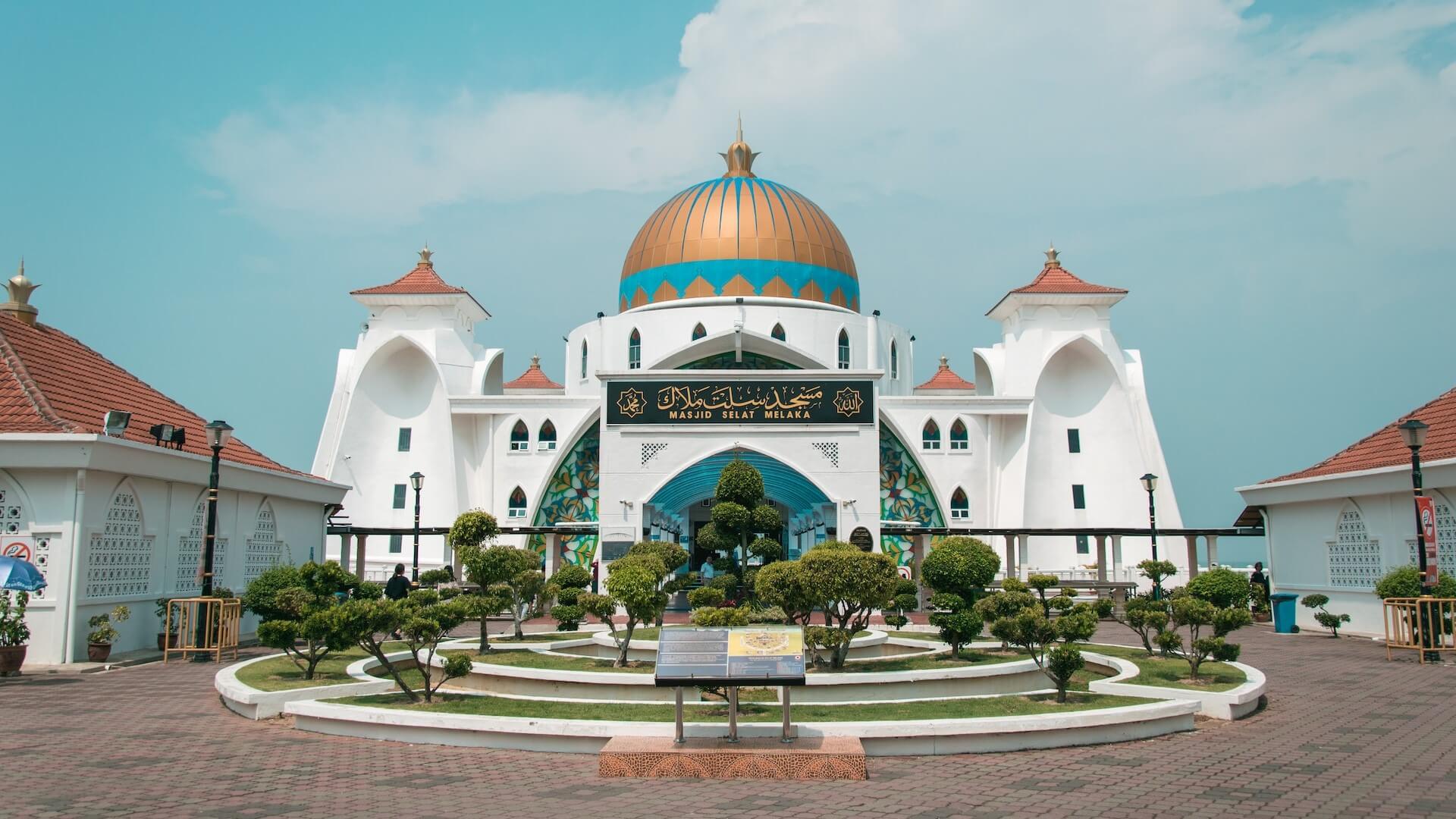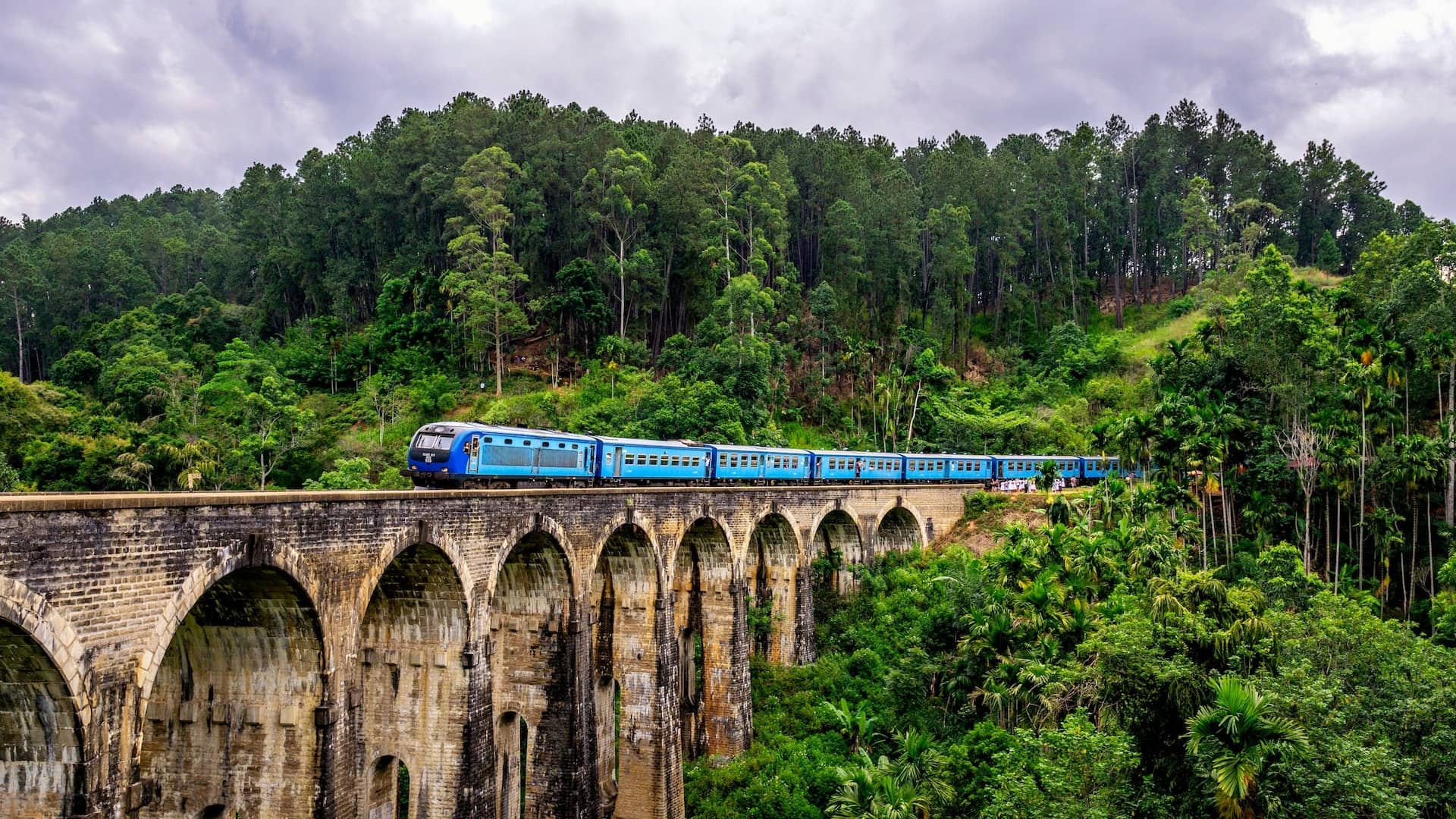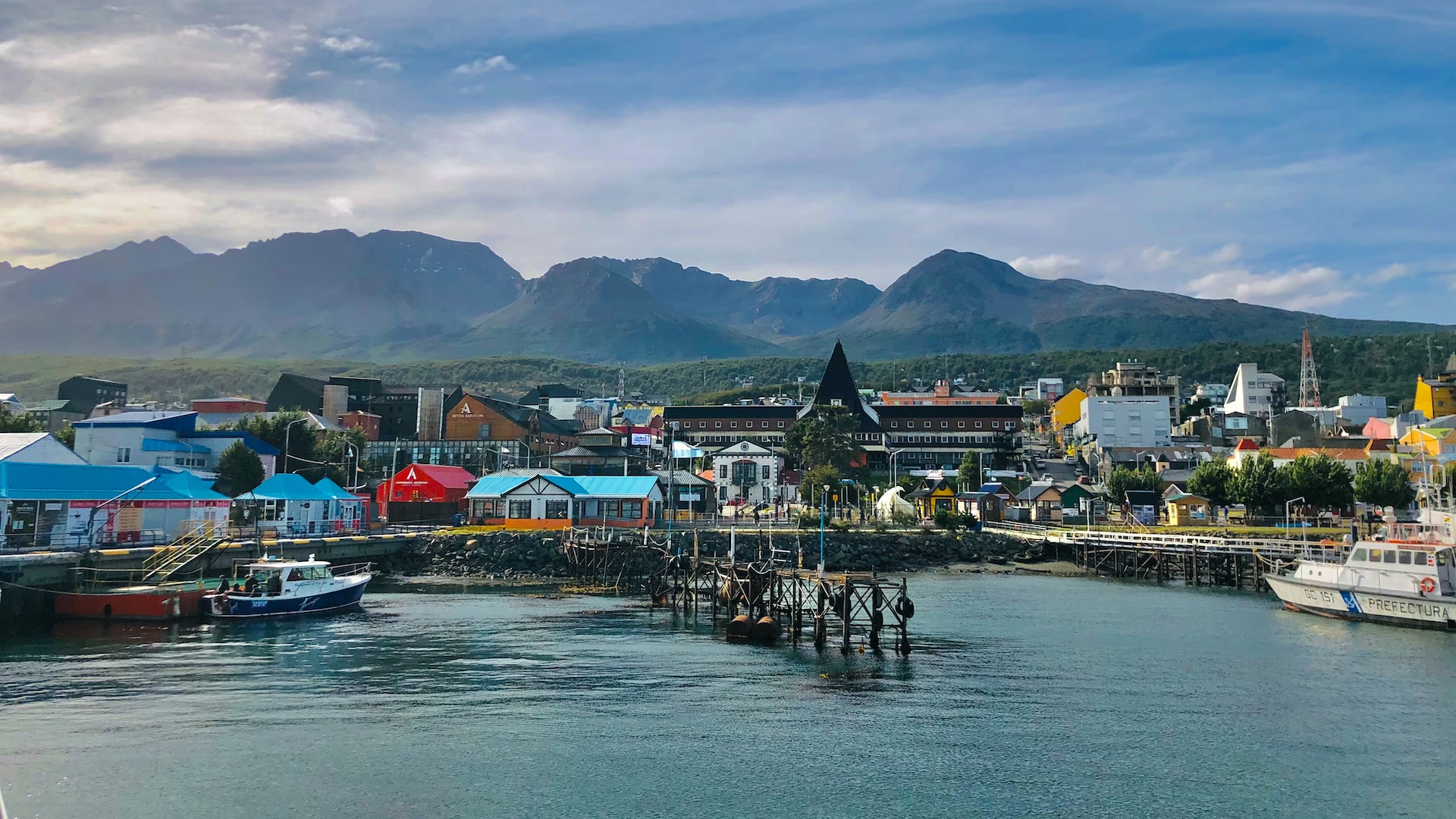S
The city of Sintra is a satellite city 40 or 50 kilometers northwest of Lisbon, located at the northern foot of the lush Sintra mountain range, which is like a green barrier across the northwest of the Portuguese capital. Two thousand years ago, Sintra was a fortress and gateway to the northwest of Lisbon, and the two towns have developed into the close relationship that exists today between the central city and the satellite city.
Sintra is recognized as one of the most beautiful cities in Portugal, where the beauty of nature and man-made architecture, as well as the combination of the two, are almost at their best, and many of the mountainous scenery and cultural monuments are of great value to visit. Foreigners who visit Lisbon often visit Sintra.
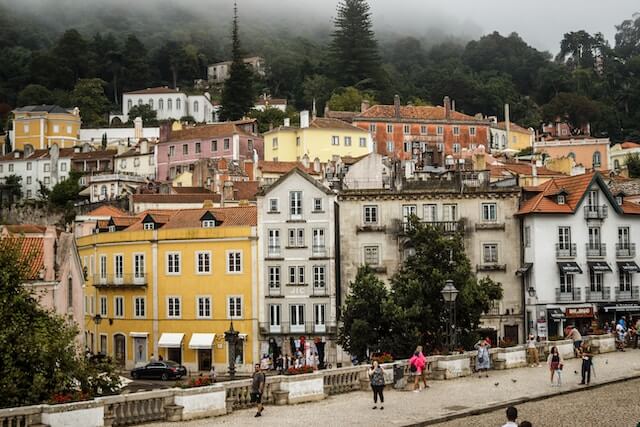
The city has an ancient royal palace, which was expanded and renovated in the 15th century when the town flourished. From the 16th century onwards, several generations of kings and queens lived in the Sintra Palace and presided over the government there, thus making this small and prosperous mountain town the center of decision-making in the Kingdom of Portugal. The Sintra Palace is now called the National Palace and has been designated as a national heritage site. This palace is actually a unified and harmonious complex of palaces.
Due to the intermittent expansion works through different periods, its architectural art style shows diversity, and is a collection of different schools of Gothic art, Arabic art, and Renaissance architecture. The outstanding artistic achievement of the interior of the official hall is reflected in the tile decoration and frescoes of the 15th and 16th centuries.
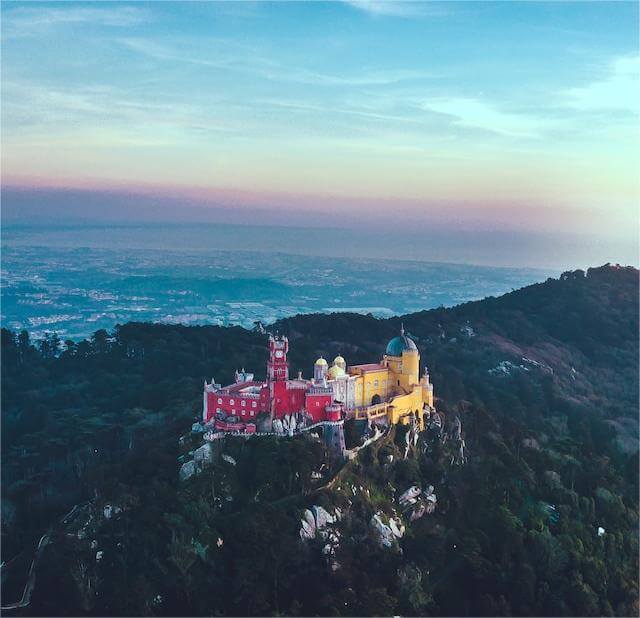
The Pena Palace, located on the top of Sintra Hill, was the summer residence of the royal family and, from an artistic point of view, is considered a masterpiece of Portuguese Romantic castle architecture. Sintra Mountain is full of ancient trees, and at the foot of the northern foothills is the vast Atlantic Ocean, which has a unique ecological environment, with beautiful mountains and fresh air, making it the best summer resort.
It is said that there was a grotto in this area a long time ago, and the church built a small shrine on the site because it was said that the Virgin Mary had appeared here..At the end of the 15th century, the king ordered the construction of a road around the mountain and built a monastery on top of the mountain to replace the small shrine, but it was destroyed by an earthquake.

From 1848 onwards, the court sent people to build a royal palace on the ruins of the monastery, and more than 40 years later the Pena Palace was inaugurated, where the royal family summered every year. After the foundation of the Republic in 1910, it was renamed the National Palace and is now a museum with a collection of valuable furniture, antiques, paintings and portable sculptures.
Finally, there is a large platform outside the Pena Palace, where you can overlook the mountains and the sea from afar, which is really refreshing. Behind is the colorful and majestic appearance of the Pena Palace, with its huge golden walls, towering bright red towers and beautiful dark green dome, forming a magnificent composition under the sunny sky, which is definitely a good background for taking pictures.
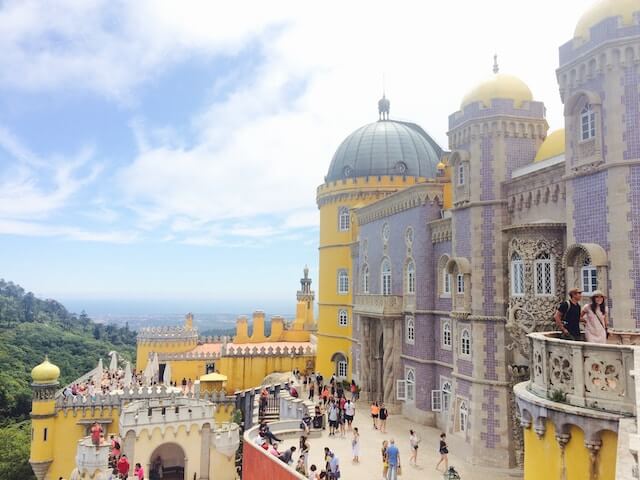
Every day, this place is constantly visited by tourists, mostly foreign tourists. Due to the dangerous mountain, steep curves, narrow roads and many cars, cars go up and down the mountain on a separate road, without interfering with each other, even though the mountain is high and the road is long and tourists come and go, but also seems to be orderly.
